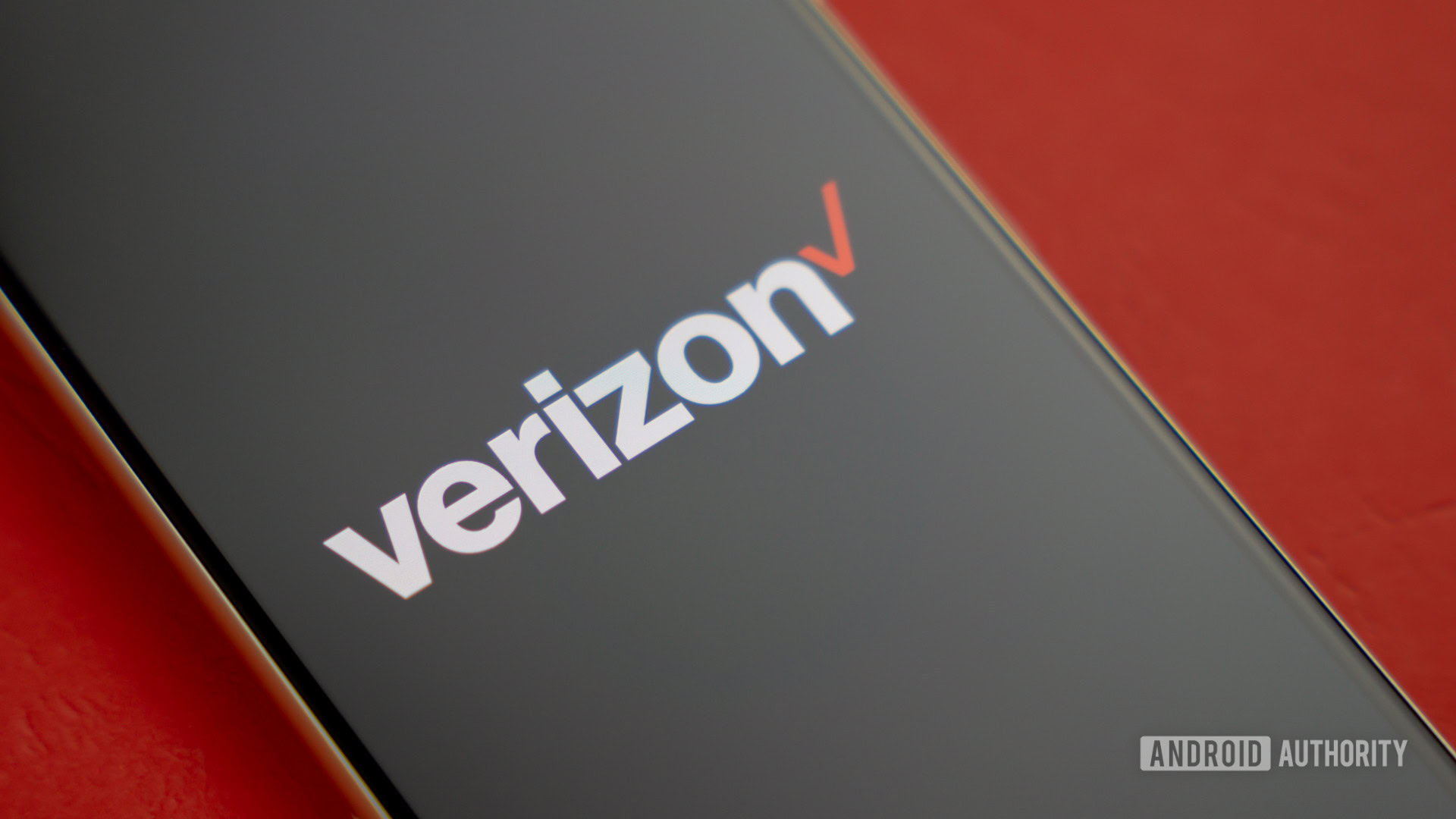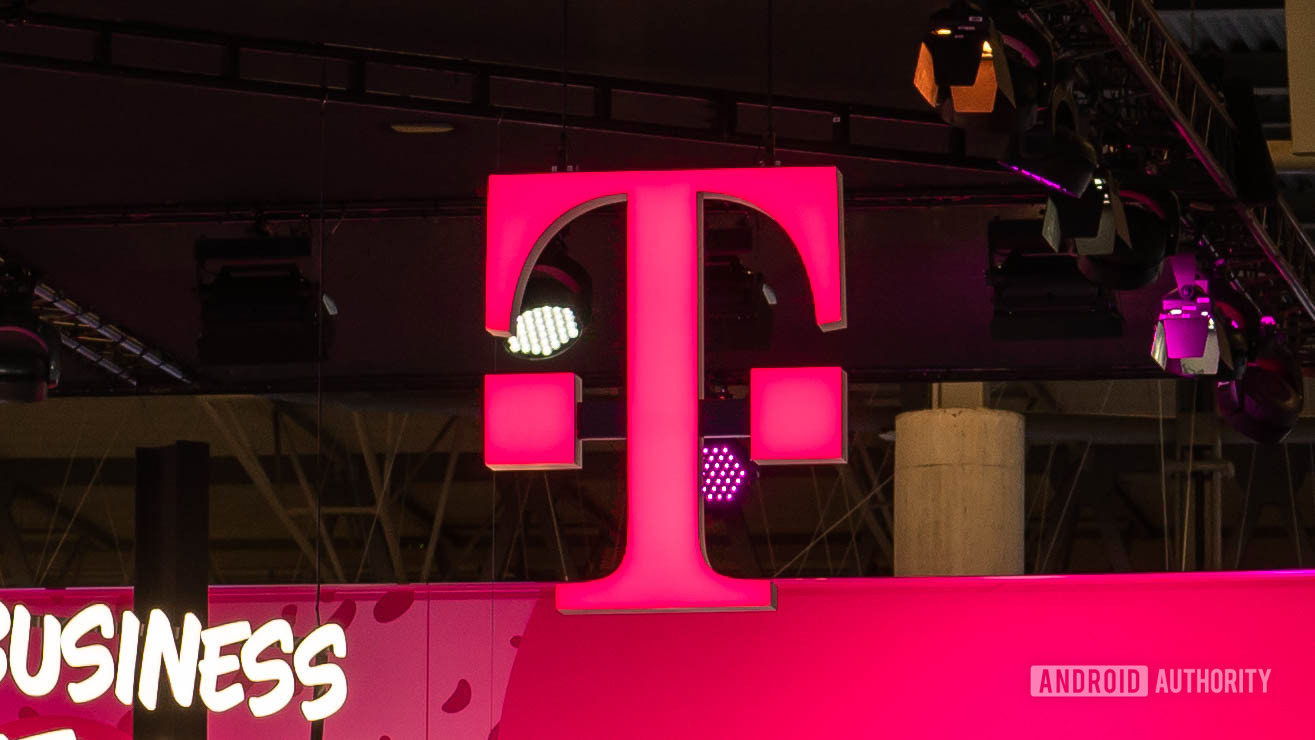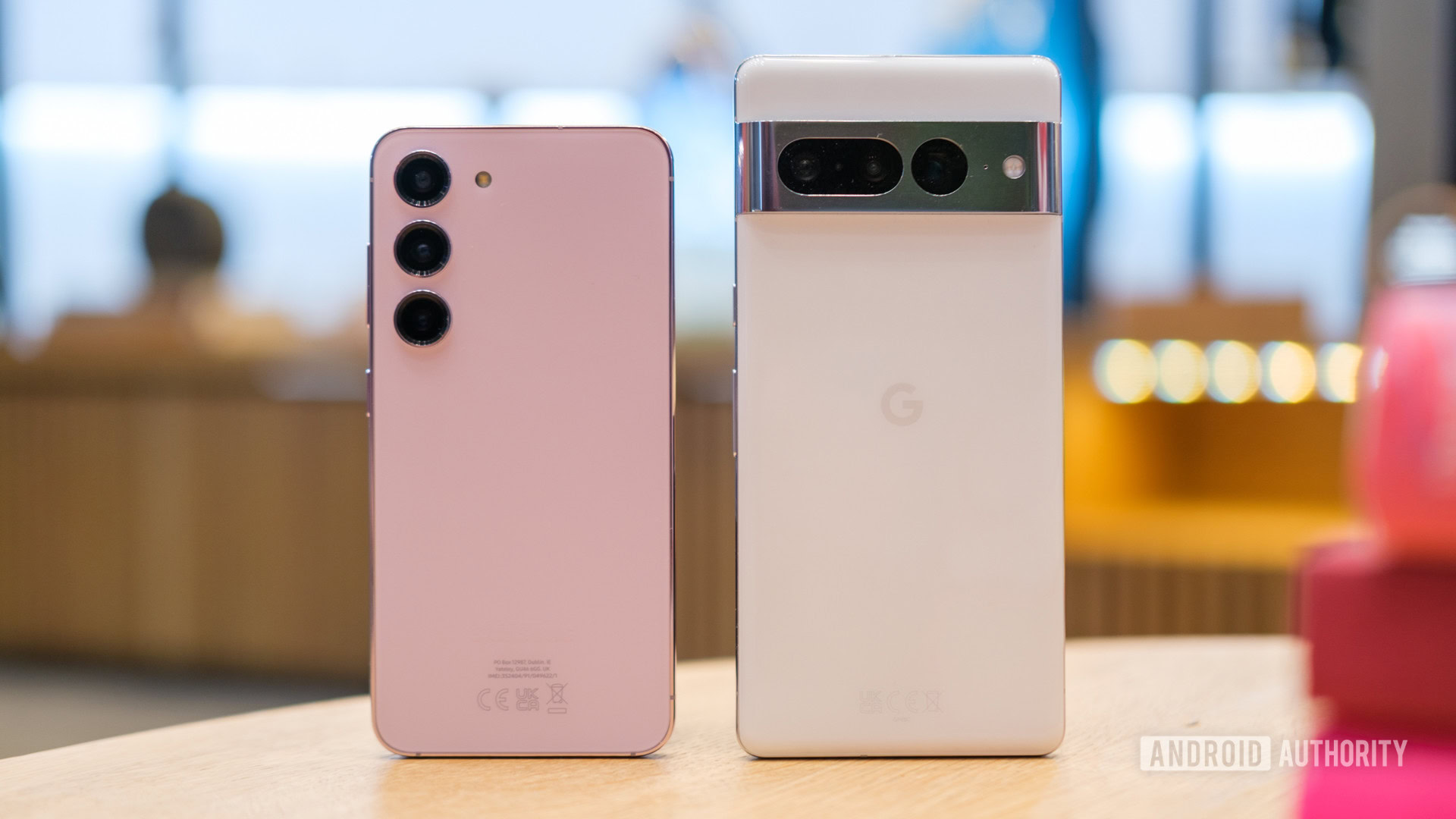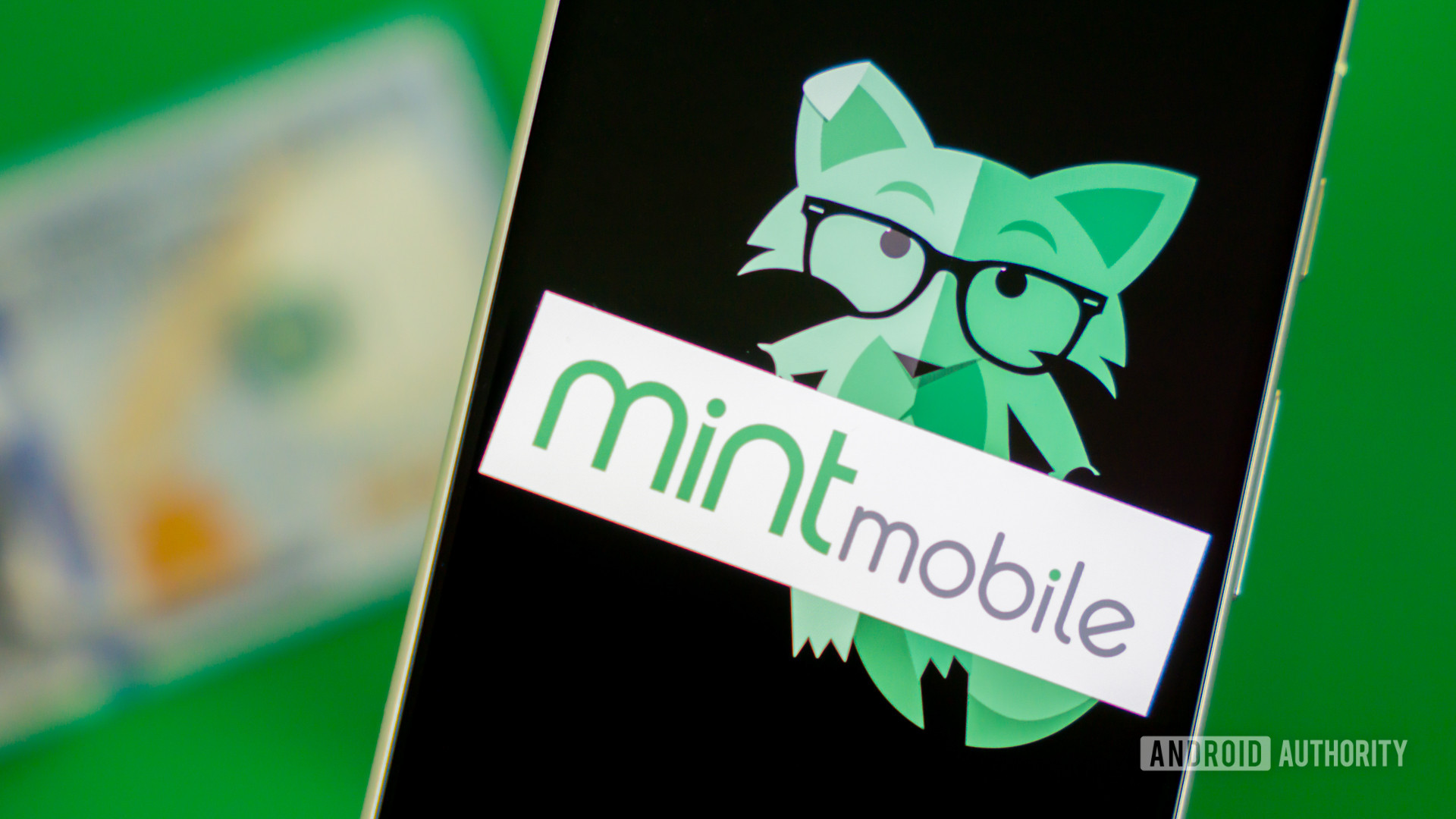Affiliate links on Android Authority may earn us a commission. Learn more.
Postpaid vs prepaid carriers: What is the difference anyhow?

The battle between postpaid vs prepaid goes back a long way. Let’s be honest; prepaid used to be a bit of a dirty word in the US. You’d only go this route if you were on a tight budget, had bad credit, or were a teenager. The plans weren’t nearly as good as postpaid, and there was a strong feeling you were getting “discount bin” service. That’s no longer the case, thankfully!
Today’s prepaid plans can often be very competitive with postpaid offerings. Not only are they often a better value, but some even have similar network prioritization and features. In this guide, we take a look at prepaid vs postpaid plans to help you understand the differences and the advantages of each so you can decide which service is right for you.
Prepaid vs postpaid: Key differences at a glance
The biggest difference between prepaid and postpaid is pretty obvious; you prepay for service with the former, while the latter gives you a bill for your previous month’s services, and you then settle up afterward. Of course, it’s a bit more complicated than that.
Here are a few core differences between prepaid vs postpaid:
- Prepaid plans are typically cheaper than similar postpaid offerings.
- Prepaid plans tend to have fewer perks and may not offer multi-line discounts (though some prepaid services do, actually)
- Prepaid plans tend to have less convenient customer service options, and only a few, like Cricket, offer brick-and-mortar locations
- Prepaid plans tend to be prioritized over postpaid plans that run on the same network (again, there are exceptions)
- Prepaid plans often require you to buy a phone outright, whereas carriers always offer incentives and financing.
What are the benefits of going prepaid?

As you can see, there are some potential downsides to going with prepaid such as fewer perks, weaker customer service, lower network prioritization, and limited device financing options. Of course, there are also some notable benefits too. We already mentioned the potential savings, but it’s worth reiterating. You can find tons of prepaid options for as little as $25 to $35 a month, including some unlimited data options. Here are a few other benefits:
- Prepaid plans also tend to offer better flexibility. Need to shut off your service for a month? Many options will allow this with limited or no penalties. It’s also easier to change plans or switch services, as there are typically no contracts or commitments.
- Looking for an option that lets you pay all at once? Mint Mobile, Net10, and a few other prepaid carriers offer the ability to pay upfront for months of service in exchange for hefty discounts.
- Prepaid plans tend to be free of surprises. No worrying about data overages, long-distance calls you didn’t realize you had to pay for, or hidden fees. Pricing is upfront and paid ahead.
- You don’t need to have a credit card or even a bank account for those that are looking for those with less-than-perfect credit.
One of the best things about prepaid is there is a plan and carrier for just about every need. It all comes down to what you’re looking for. As for the disadvantages? Even those only apply to certain prepaid carriers and plans. For example, T-Mobile’s prepaid plans aren’t deprioritized over postpaid offerings. In fact, T-Mobile’s Essentials plan is actually lower down the priority chain than T-Mobile’s unlimited prepaid options. In most cases, deprioritization will exist, but how much it actually affects you will depend on your region and the carrier in question. The same goes for device financing, as there are certainly a few prepaid options that offer this, like Cricket and Google Fi Wireless.
One point that is true for most prepaid carriers is that you’ll get second-tier customer service. Things get even worse with carriers that only operate via the web, such as Visible. Still, there are always exceptions. Cricket is known for fairly reliable customer service and has brick-and-mortar locations all over the country that can help you set up your phone or troubleshoot any issues.
The thing about prepaid is there is no shortage of options, and some services come very close to postpaid such as Google Fi Wireless, as it’s a bit of a hybrid. You pay for your data after the month is up unless you’re on an unlimited plan. Picking a good prepaid plan is all about doing your homework and finding something that offers exactly the benefits you’re looking for. Also, remember the greater the savings, the more likely you’ll find big compromises.
What are the benefits of postpaid plans?

It’s no secret that postpaid carriers tend to be the most expensive. In the US, that pretty much means Verizon, AT&T, and T-Mobile. There are others, like US Cellular, but these are mostly limited to specific regions of the US. They cost more, but do postpaid plans have many advantages over prepaid? Less than they used to, but there are still some advantages when compared to the majority of prepaid carriers.
Here are some of the main benefits of postpaid carriers:
- Trade-in programs and device financing are common practices in the postpaid world, but only a few prepaid carriers offer this.
- Postpaid carriers often offer special perks and benefits like streaming or discount programs.
- Postpaid carriers have superior customer service in most cases, and postpaid plans are often prioritized over prepaid options.
- Postpaid carriers are more likely to have steeper discounts for families, though this is less true than it once was.
Keep in mind some prepaid carriers and plans offer a lot of the same benefits as postpaid, but it’s just a lot less common.
Prepaid vs postpaid: How’s the phone selection on prepaid?

There was a time when prepaid carriers only offered budget phones for the most part, but that’s less the case anymore. If you get prepaid service from the Big Three, you’ll typically have the same phone selection as postpaid customers, just without options for device financing or trade-ins. That includes big-name devices like the Google Pixel 7, iPhone 14, and Galaxy S23.
That said, many of the smaller prepaid networks offer limited selections. For example, Tello only sells budget phones new, though it has a few higher-end phones that are refurbished.
The good news is that the vast majority of prepaid carriers are BYOD compatible, meaning you can take any phone that works with their network and activate it. This gives you a ton of flexibility.
Postpaid vs Prepaid: Which plan is right for me?

The best plan really comes down to what you’re looking for. If you’re tech-minded and don’t mind troubleshooting with limited help, prepaid is a great choice. Find yourself easily confused and don’t have someone in your family that can help you out? The limited customer service could really be a deal breaker.
Ultimately, prepaid plans will have a few sacrifices, like deprioritized service, but as long as you do your research and understand those compromises, you shouldn’t have a problem. I personally have swapped back and forth between prepaid and postpaid a few times over the years and really can’t say which is better. Ultimately, it just depends on how much you want to spend and how willing you are to jump ship if a prepaid option doesn’t work out as planned.
Looking to cut through all the red tape and find the right plan? Check out our guide to the best prepaid plans.